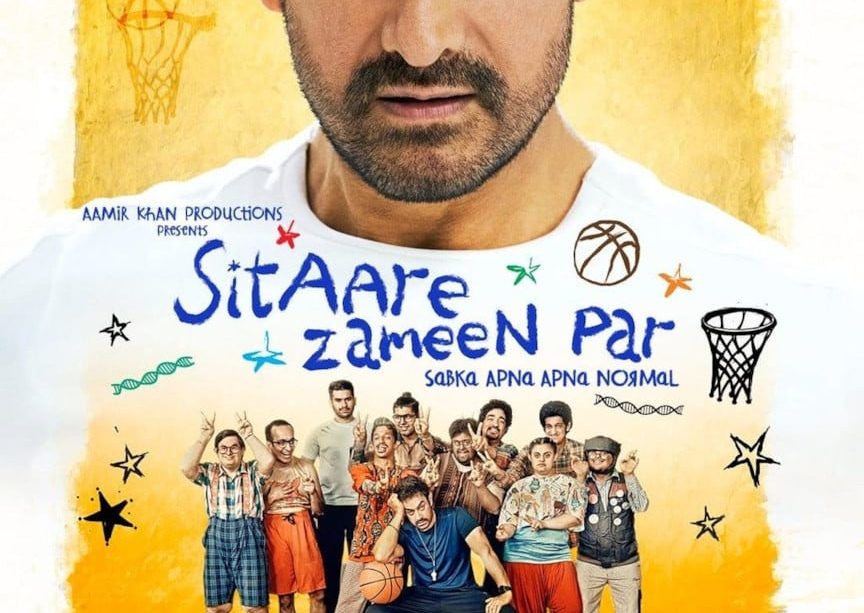Sitaare Zameen Par: A Reflection on Arts in Education

Introduction
‘Sitaare Zameen Par’, a phrase often associated with the acclaimed film of the same name, spotlights the vital role of creativity and arts in education. This topic is increasingly relevant today as educational institutions around the globe recognize the need for a well-rounded approach to learning that includes emotional and creative development. As the world adapts to new challenges, ensuring that children develop their creative streak allows for greater personal and academic growth.
The Relevance of Arts Education
Recent studies indicate that incorporating arts into school curriculums leads to enhanced cognitive abilities, improved academic performance, and greater social skills among students. Arts education fosters critical thinking, creativity, and emotional intelligence—qualities essential in today’s highly competitive environment. Educational reforms are underway in various states across India to integrate arts into the conventional learning system, acknowledging the broader benefits it provides to students.
Current Initiatives and Examples
A notable example includes the initiatives taken by the Government of India to promote art integrative learning through various schemes. Art education is being emphasized at foundational stages, encouraging children to engage in various forms such as music, painting, theater, and dance. Schools like the Delhi Public Schools are adopting creative pedagogy that prioritizes arts, demonstrating positive outcomes. Moreover, organizations like the National Bal Bhavan are actively conducting workshops and programs aimed at children to nurture their artistic abilities.
Challenges Ahead
Despite the positive trends, challenges remain in the realization of a robust arts education framework. Limited resources, teacher training, and the undervaluation of arts within academia often impede progress. Many institutions still prioritize traditional benchmarks over creative cultivation, which can stifle a child’s potential to shine.
Conclusion
As a society, embracing the lessons from ‘Sitaare Zameen Par’ can significantly transform our educational landscape. The future preparation of students should be aimed not just at achieving high grades but at nurturing well-rounded individuals. As we look ahead, continued advocacy for arts in education is crucial for fostering environments where children can express themselves freely and intelligently. Prioritizing arts education is not merely an option; it is an essential aspect of our commitment to developing the future leaders, thinkers, and creators, making every child a star on their own planet.









